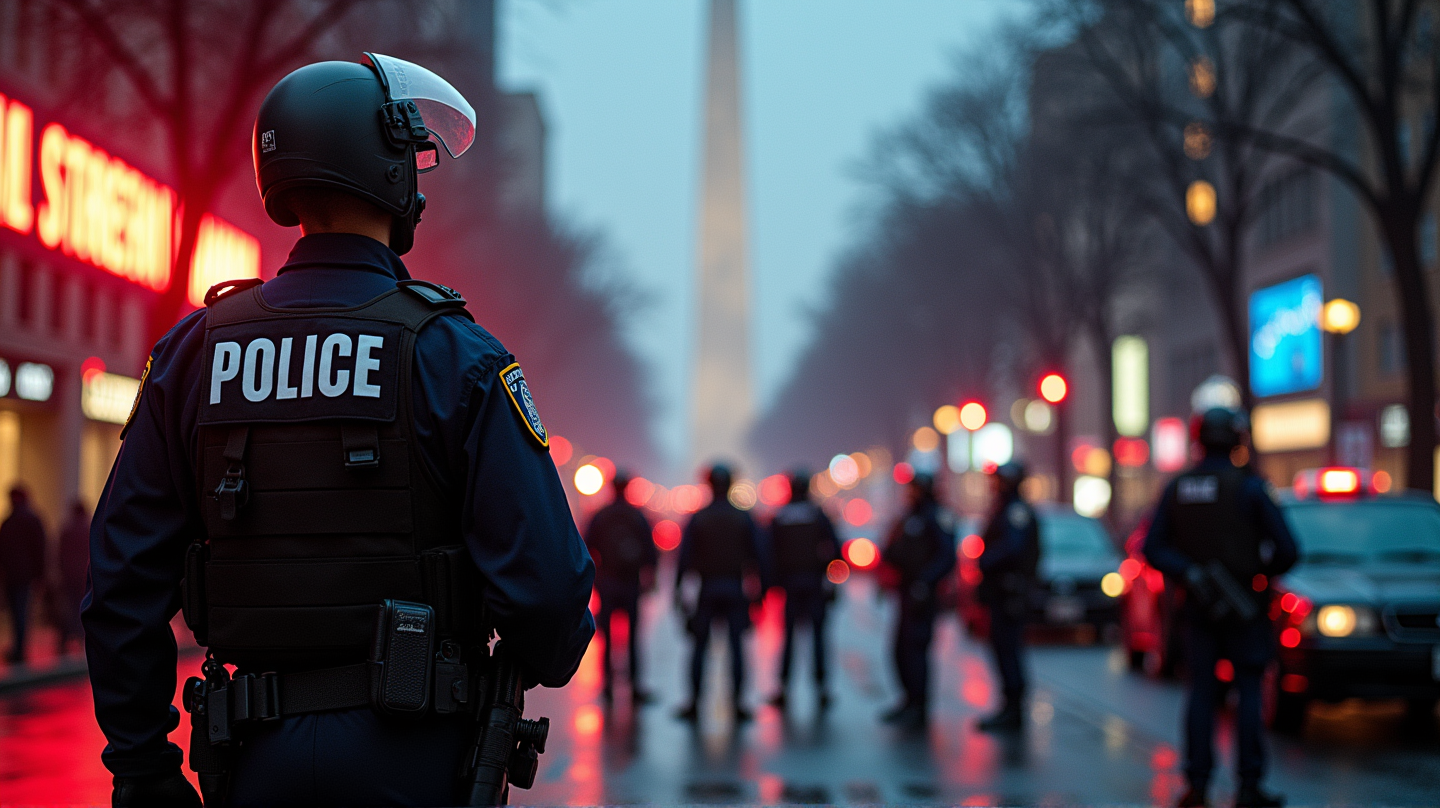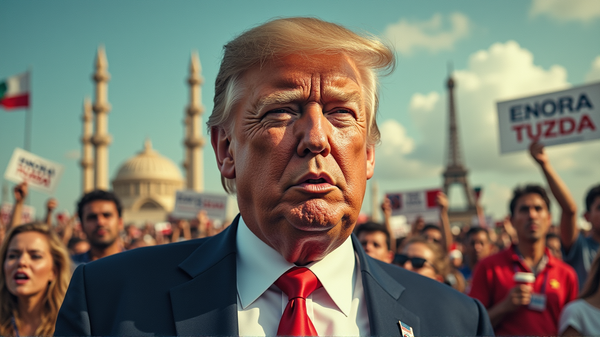Trump Amplifies Policing in D.C. Post-Assault on Former Doge Staffer
Dive into Trump's bold federal intervention in D.C. as crime escalation stirs up concerns over governance boundaries.

In an unexpected move that highlights the intertwining of national governance and local safety, President Trump has released a directive to amplify federal police presence in Washington D.C., particularly after a former staffer of Doge was assaulted by teenagers. This uptick in federal forces renews debates over the delicate balance between federal intervention and local autonomy. As stated in Global News, the decision underscores a significant shift in how municipal crimes are managed amidst growing national tensions.
An Incident that Shook the Capital
The assault on the ex-Doge staffer has sparked nationwide concern, raising questions about safety in the nation’s capital. The incident, considered a clear catalyst for Trump’s robust decision, represents a turning point in the ongoing discourse on crime and urban management. According to witnesses, the violent episode has not only impacted the victim but has also cast a spotlight on the city’s vulnerability, evoking calls for heightened security measures.
Trump’s Command: A Double-Edged Sword?
While the president’s decision to deploy more federal police aims to strengthen safety, it is not free from controversy. Critics argue that such measures could lead to overreach and the unnecessary use of force. Opponents point to the delicate nature of federal involvement in what is typically local law enforcement’s domain, stating that any misstep could exacerbate existing tensions. Supporters, on the other hand, defend the move as a necessary step to reclaim peace and order.
A Symptom of Broader National Challenges?
Trump’s intervention is symptomatic of broader challenges facing the nation, where crime, governance, and community safety continue to be deeply interwoven issues. With Washington D.C. at the heart of the political sphere, the clarity of local versus federal responsibilities becomes increasingly critical. As urban areas become focal points of national and international attention, the mechanisms in place to protect them are under intense scrutiny.
Walking the Tightrope of Governance
As federal police patrol the streets of Washington D.C., the broader implications of this decision resonate across the country. It raises critical questions about governance, citizen safety, and the fine line between appropriate intervention and authoritative overreach. Advocates are calling for a balanced approach, one that respects local autonomy while safeguarding the public from unprecedented threats.
Looking Ahead: Bridging the Divide
The situation presents an opportunity to revisit and redefine the roles that federal and local forces play in ensuring security. As history unfolds, President Trump’s actions serve as a landmark for future discussions on striking the right balance. Citizens and policymakers alike continue to watch closely, hoping for resolutions that enhance cooperation between federal entities and local jurisdictions.
While the capital adjusts to these significant changes, the rest of the nation takes note, guided by the outcomes of this evolving story. With this being such a pivotal moment, we are reminded of the intricate relationship between safety, governance, and the dynamic nature of authority in times of crisis.





